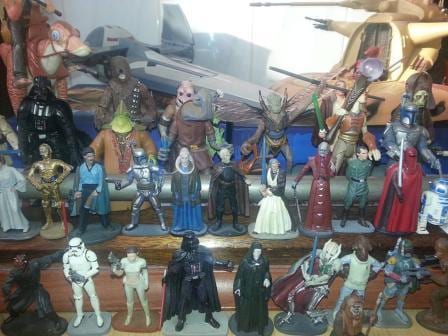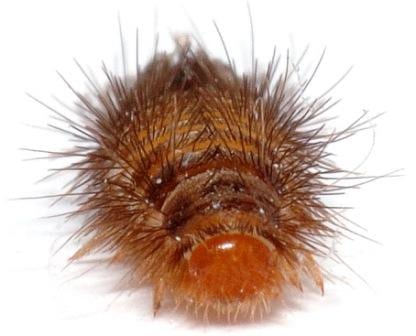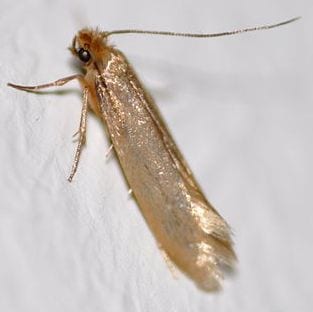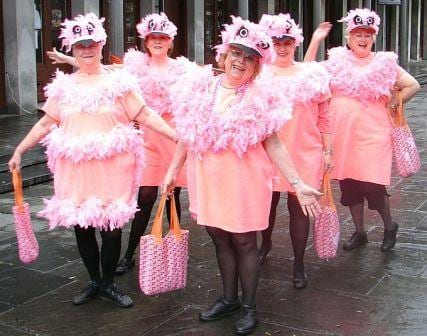How To: Tell Your Heroes From Your Villains
By Emma-Louise Nicholls, on 2 August 2013
 Do you having any burning desires to have something explained by someone on the inside? This blog series is a How To Guide for the museological musings of a Museum Assistant. The third along this (hopefully) long and happy blogging path is…
Do you having any burning desires to have something explained by someone on the inside? This blog series is a How To Guide for the museological musings of a Museum Assistant. The third along this (hopefully) long and happy blogging path is…
How To: Tell Your Heroes From Your Villains
When I was a child I was watching some gangster film or other with my Dad when he commented to me on how bad guys always drove black Jaguars. From that day on, for quite a while, I couldn’t fathom why the Metropolitan Police didn’t roam the streets of London arresting everyone who drove a black Jaguar. As it turns out, your personal moral code doesn’t have such stringent influence over your choice of vehicle and subsequently it is, in reality, much harder to tell hero from villain. The same is true of Museum goodies and baddies. They come in all manner of shapes, sizes, and with various numbers of legs (they aren’t all human after all). The way I see it, at the Grant Museum there are three main categories of creature that have influence over the state of the Museum; humans, babies, and things that fly. Not that I am insinuating that all babies aren’t human. Some are.
Humans are a tricky one. The line between hero and villain is not as distinct as say Sith and Jedi (Anakin in Revenge of the Sith aside) but more… grey and fuzzy. Even the most diligent of museum staff can have adverse affects on the Museum just by existing. For example, if you live in a house (and probably more so if you don’t) you will have carpet beetles. Carpet beetles get everywhere, you just can’t help it, and unfortunately they travel in to the Museum on your clothes. (Not on me though- for the sole purpose of receiving the ‘Most Perfect Museum Assistant in the world’ Award I had my carpets replaced with laminate). Villains of the human variety will enter the Museum with food, drop lots of crumbs, and then, if you’ve really gone over to the dark side, kick them under the cabinets to allow easy access for the insects that hide out under there in the dark. Villains also do outrageous things like hold open the Museum doors to escape the current heat-wave meaning that insects gain as easy access as the rather more sought after air flow.
If you’d like to be a hero (such as me) you don’t have to go as far as relaying your flooring. You can do other non-floor-covering-related bug-deterring activities such as not wearing feathers, felt, fur, or have any hair. They would all be great and propel you straight to best-practice hero status. Also feel free to tattletale on any potential pest you spot in the Museum and dob in any heinous individuals performing villainous activities within the Museum’s confines.
 Babies
Babies
In many ways babies are actually a bigger menace in the Grant Museum than adults. Baby carpet beetles for example (I said they weren’t all human) are far more voracious in any one of their four larval stages of growth than the adult shaped outcome. Carpet beetle larvae (known as woolly bears) have been known to leave a trail of hairs on the very sticky insect traps as they have painfully hauled themselves unrelentingly across the glue in a bid to reach the yummy-smelling pellet in the middle of the trap. Babies of the carpet beetle variety are unquestionably on the villain list. They may even be on the list of DUH DUH DUUUUUUUUUUUUUUUUH Supervillains.
Baby heroes are yet to be uncovered within the Grant Museum. Having formed no real control over their body or environment, human babies find it difficult to be placed on the heroes list, and no baby pest is a hero. Period.
Things that fly
 Once the woolly bears hatch into adult carpet beetles they gain the ability of flight. As do clothes moths which are our other main insect shaped pest. Once they reach this stage, they start laying eggs which, for obvious mathematical reasons, means more of a problem for the Museum. Generally speaking, things that fly are also more likely to get on your clothes and thus find it easier to be transported into the Museum.
Once the woolly bears hatch into adult carpet beetles they gain the ability of flight. As do clothes moths which are our other main insect shaped pest. Once they reach this stage, they start laying eggs which, for obvious mathematical reasons, means more of a problem for the Museum. Generally speaking, things that fly are also more likely to get on your clothes and thus find it easier to be transported into the Museum.
Although a small category of villains, with no known heroes, Things That Fly is definitely a category to be taken seriously as the voracious babies get into the Museum (in large numbers, they can also be transported on clothes) by someone (an adult i.e. Things that Fly) laying them there. Things that fly? Not on the hero list.
Emma-Louise Nicholls is the Museum Assistant at the Grant Museum of Zoology
One Response to “How To: Tell Your Heroes From Your Villains”
- 1
 Close
Close



To combat this scary team of supervillains you need a Justice League – or Avengers, depending upon your comic book leanings – composed of house centipedes and pseudoscorpions (of SofW-94 fame).